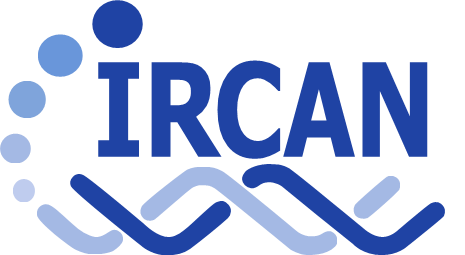
Nice Matin published an article on the discovery of a mechanism essential to the production of proteins essential to life made by researchers from from Gilles Pagès team.
Read the full article (in French) here
A team of researchers from the Institute for Research on Cancer and Aging (Ircan) in Nice made a significant scientific discovery seemingly by chance. Philippe Lenormand, Roser Buscà, and Cercina Onesto, working under Dr. Gilles Pagès, have been studying proteins identified in 1991 (ERK1/2), which are involved in 30% of cancers. While attempting to understand the structure of these proteins, they stumbled upon a unique sequence of amino acids common to both proteins, which they suspected to be crucial. Subsequent research confirmed its importance, revealing that 10% of the 23,000 identified human proteins contain this unusual sequence.
Their findings challenge a long-standing belief established in the 1980s about protein synthesis. Traditionally, it was thought that protein production starts with a specific upstream sequence starting from the amino acid methionine. However, their work demonstrates that for about 10% of proteins, there is an alternative mechanism downstream of the starting point that optimizes this initiation, allowing for the production of proteins of correct size and functionality.
Their research, described as a major scientific breakthrough, was published in one of the world’s most prestigious journals, « Nucleic Acids Research » in August 2023. This discovery not only advances fundamental life sciences knowledge but also holds significant therapeutic potential. Some proteins involved in this new initiation mechanism are linked to genetic diseases, including certain myopathies. There is potential for practical applications, particularly in the development of mRNA therapeutic vaccines, which could greatly benefit cancer treatment. Further research is necessary to explore more about this mechanism and its implications.

